Coccidiosis in Young Lambs: The Bedding Mistake Many Farmers Make
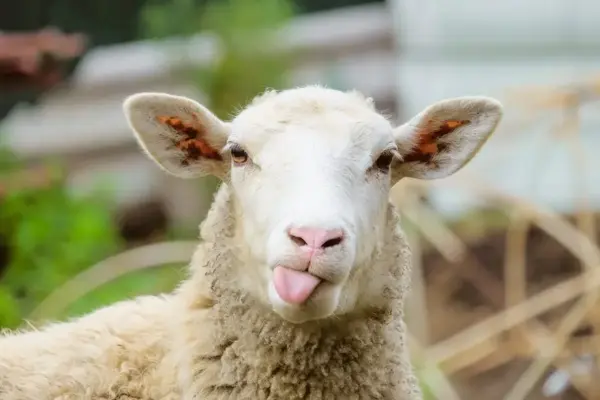
Introduction to Coccidiosis in Young Lambs
Coccidiosis, caused by Eimeria species protozoa, is a major parasitic disease affecting young lambs, leading to severe diarrhea, reduced growth, and significant economic losses. Wet, soiled bedding is a common mistake that creates an ideal environment for Eimeria oocysts, amplifying infection risk in housed flocks. Clean wood pellets and wood shavings, with their high absorbency and hygienic properties, are critical solutions for preventing coccidiosis by maintaining dry, clean environments. Drawing on insights from Vet Times, this post explores how bedding mistakes contribute to coccidiosis and why wood pellets and shavings are essential for lamb health.
Understanding Coccidiosis in Young Lambs
Coccidiosis is an intestinal disease caused by Eimeria species, notably Eimeria ovinoidalis and Eimeria crandallis, which infect the gut lining of young lambs aged 3-8 weeks. It causes watery diarrhea (scours), dehydration, weight loss, and, in severe cases, death. The Vet Times article notes that coccidiosis affects 20-40% of young lambs in intensive systems, with mortality rates of 5-10% and treatment costs of $10-$50 per lamb. Subclinical infections reduce growth rates by up to 15%, impacting long-term productivity. The disease is particularly prevalent in housed flocks during early lambing seasons.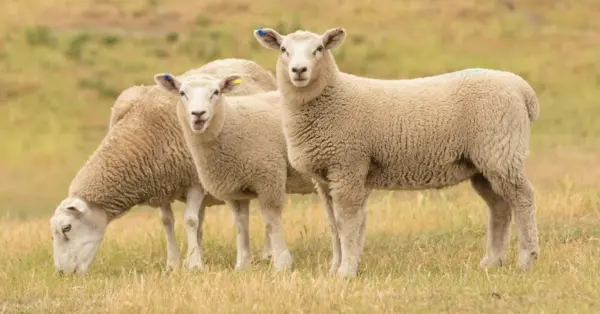
Clinical Signs and Progression
Coccidiosis progresses through a 21-day life cycle:
-
Infection: Young lambs ingest Eimeria oocysts from contaminated bedding, feed, or water, which hatch in the gut by day 14.
-
Damage: Parasites feed on intestinal walls, causing bleeding, inflammation, and nutrient malabsorption.
-
Symptoms: Early signs include reduced appetite and mild diarrhea, progressing to bloody scours, dehydration, and severe weight loss. Untreated cases lead to death. The Vet Times and related studies emphasize that clinical signs alone are insufficient for diagnosis, requiring fecal oocyst counts to confirm infection. Subclinical cases, common in older lambs, silently reduce feed efficiency.
How Wet Bedding Accelerates Infection
Wet, soiled bedding is a primary driver of coccidiosis. Eimeria oocysts thrive in moist, warm conditions, surviving for months in damp litter. Wet bedding from urine, water spills, or poor ventilation fosters oocyst proliferation, while manure contamination increases oocyst loads. The Vet Times highlights that bedding moisture above 30% increases coccidiosis incidence by 25%, as lambs ingest oocysts while lying or grazing near contaminated surfaces. High-density housing and reused bedding, common in early lambing systems, exacerbate transmission.
Watch this: https://www.youtube.com/watch?v=u_FzwuDenP8
The Role of Eimeria Oocysts
Eimeria oocysts are highly resistant, surviving in wet, organic-rich environments like straw or low-quality sawdust. Ewes act as asymptomatic carriers, shedding millions of oocysts daily, which contaminate bedding and infect young lambs. The Veterinary Research study on calves notes similar principles, with oocysts persisting in damp litter, amplifying herd-level transmission. Poor hygiene, such as infrequent bedding replacement, allows oocysts to accumulate, with studies showing a 20% higher infection rate in unhygienic pens.
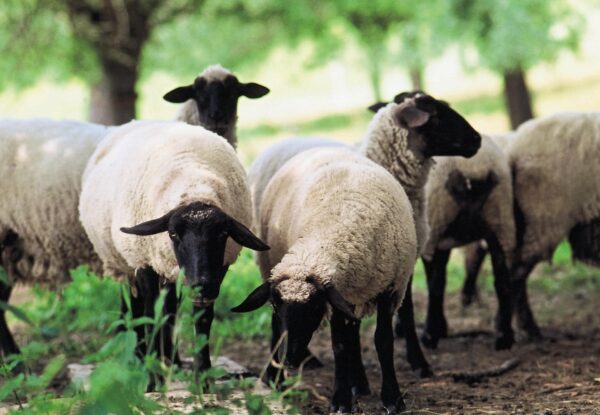
Health and Economic Impacts
Coccidiosis has severe consequences for lamb health and farm economics:
-
Health: Diarrhea and dehydration cause pain, reduced growth, and increased susceptibility to secondary infections like pneumonia. Severe cases lead to mortality, especially in young lambs under 6 weeks.
-
Economic: Treatment costs, including coccidiostats like toltrazuril, range from $10-$50 per lamb. Reduced weight gain and culling cost $20-$100 per animal, with large flocks facing $5,000-$20,000 in annual losses. Subclinical infections silently reduce feed efficiency, impacting market readiness. The Vet Times underscores that coccidiosis is a major constraint to lamb productivity, with environmental management being critical for control.
Why Poor Bedding Increases Infection Risk For Young Lambs
Poor bedding choices exacerbate coccidiosis by:
-
Retaining Moisture: Straw or reused sawdust holds water, creating conditions for oocyst survival.
-
Harboring Pathogens: Soiled bedding accumulates manure, increasing Eimeria oocyst loads.
-
Facilitating Transmission: Wet litter allows oocysts to adhere to lambs’ mouths or ewes’ teats, promoting ingestion.
-
Lacking Hygiene: Infrequent cleaning or inadequate bedding depth perpetuates contamination, with studies showing higher oocyst excretion in poorly managed pens. The Vet Times and ScienceDirect studies emphasize that wet bedding is a primary risk factor, particularly in housed systems during wet seasons.
The Importance of Wood Pellets and Shavings
Clean wood pellets and wood shavings are highly effective bedding solutions for preventing coccidiosis. Wood pellets, made from compressed, heat-treated sawdust, absorb up to five times their weight in moisture, keeping litter dry and reducing oocyst viability. Their heat-treatment eliminates pathogens, ensuring hygiene. Wood shavings, sourced from untreated softwoods like pine, offer excellent absorbency and a loose, comfortable surface that minimizes contamination. Both maintain litter moisture below 20%, disrupting Eimeria survival, and their low-dust nature reduces airborne oocyst spread.
Scientific Evidence Supporting Wood Pellets and Shavings For Young Lambs
The Vet Times and ScienceDirect studies confirm that absorbent, hygienic bedding reduces pathogen loads. Wood pellets and shavings lower litter moisture by 40% compared to straw, decreasing Eimeria oocyst survival. Their low-dust properties minimize transmission, with farms using these materials reporting a 25-30% reduction in coccidiosis cases. The Veterinary Research study on calves supports similar principles, noting that dry bedding reduces parasitic contamination, applicable to lambs. These bedding types also enhance lamb comfort, reducing stress that exacerbates infections.
Key Benefits of Wood Pellets and Shavings
-
Moisture Control: Absorbs water and manure, maintaining dry litter to inhibit oocyst survival.
-
Hygienic Properties: Heat-treated pellets and clean shavings reduce Eimeria populations.
-
Low Dust: Minimizes airborne oocyst spread, protecting respiratory and gut health.
-
Comfort: Provides a soft, cushioned surface, reducing stress and supporting immunity.
-
Cost-Effective: Durable, requiring less frequent replacement than straw or sand.
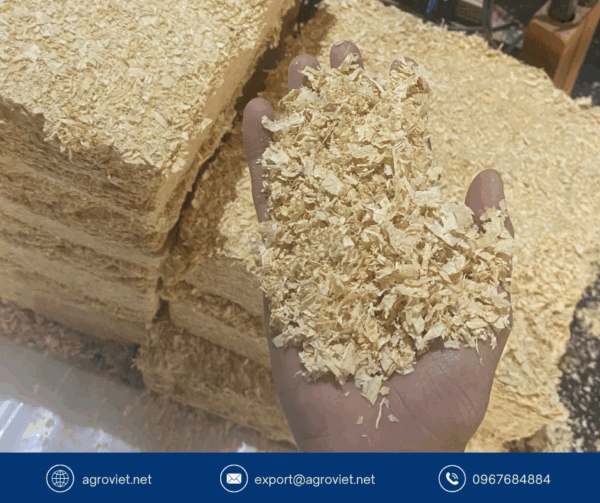
Consequences of Neglecting Proper Bedding For Young Lambs
Using wet, soiled, or low-quality bedding increases coccidiosis risk, leading to severe outcomes. Outbreaks affect 20-40% of lambs, with mortality rates of 5-10% and growth reductions of 10-15%. Economic losses include $10-$50 per lamb for treatment and $20-$100 for reduced productivity, with large flocks facing $5,000-$20,000 annually. Welfare issues, including diarrhea and pain, raise ethical concerns and regulatory scrutiny. Poor bedding also increases labor for treatment and cleaning, further impacting profitability.
Practical Tips for Using Wood Pellets and Shavings
To maximize the benefits of wood pellets and shavings, sheep farmers should:
-
Source high-quality, untreated wood pellets or shavings from reputable suppliers.
-
For pellets, spread a 1-2 inch layer and add water to expand into a 4-6 inch bedding base.
-
For shavings, maintain a 4-6 inch depth for absorbency and comfort.
-
Clean pens daily, removing soiled bedding and adding fresh material, especially in lambing areas.
-
Ensure 6-8 air changes per hour through ventilation to enhance moisture control.
Complementary Strategies for Coccidiosis Prevention For Young Lambs
In addition to wood pellets and shavings, these practices help prevent coccidiosis:
-
Coccidiostats: Use decoquinate or toltrazuril preventatively before weaning, as recommended by Vet Times and ScienceDirect.
-
Hygiene: Disinfect lambing pens between cycles to reduce oocyst contamination.
-
Nutrition: Ensure ewes and lambs receive adequate colostrum and trace minerals to boost immunity.
-
Stocking Density: Avoid overcrowding to minimize stress and oocyst exposure.
-
Fecal Monitoring: Conduct regular oocyst counts to detect infections early.
Economic and Welfare Impacts
Wood pellets and shavings improve lamb welfare by reducing coccidiosis incidence, ensuring comfort, and minimizing stress-related immune suppression. Healthy lambs maintain growth rates, saving farmers $10-$100 per animal in treatment and production losses. The Vet Times highlights that effective bedding management supports flock productivity and reduces mortality. The durability of pellets and shavings lowers bedding costs, while their biodegradable nature aligns with sustainable farming, meeting consumer demand for ethical lamb production and boosting profitability.
Addressing Challenges with Wood Pellets and Shavings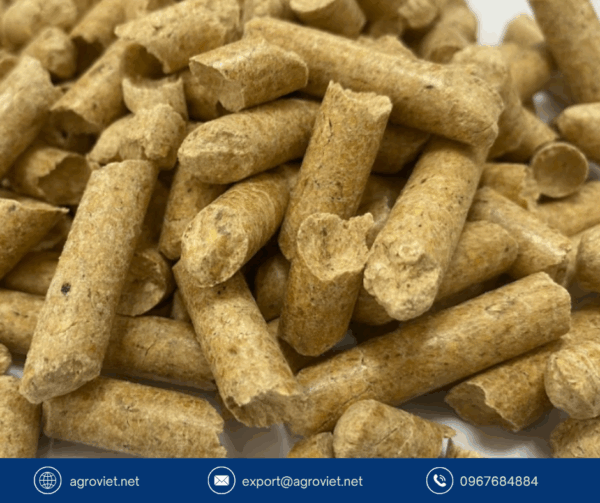
Challenges include the initial setup time for wetting pellets to expand and sourcing high-quality, dust-free products. Farmers should select premium materials and store them in dry conditions to prevent mold. Daily cleaning prevents compaction, maintaining absorbency. With proper management, wood pellets and shavings offer significant advantages in preventing coccidiosis and supporting lamb health.
Conclusion
Wet, soiled bedding is a critical mistake that accelerates coccidiosis in young lambs by fostering Eimeria oocyst survival, leading to diarrhea, reduced growth of young lambs, and economic losses. Clean wood pellets and shavings, with their high absorbency, low-dust, and hygienic properties, are proven solutions to reduce oocyst contamination and maintain a healthy environment. Supported by Vet Times and related research, these bedding materials lower coccidiosis incidence, enhance lamb welfare, and reduce costs. By prioritizing wood pellets and shavings alongside robust management practices, sheep farmers can protect their flocks, ensure productivity, and achieve sustainable, profitable operations.
Read more: https://vietnambestwood.com/general/reuse-pine-wood-shavings-ideas/
